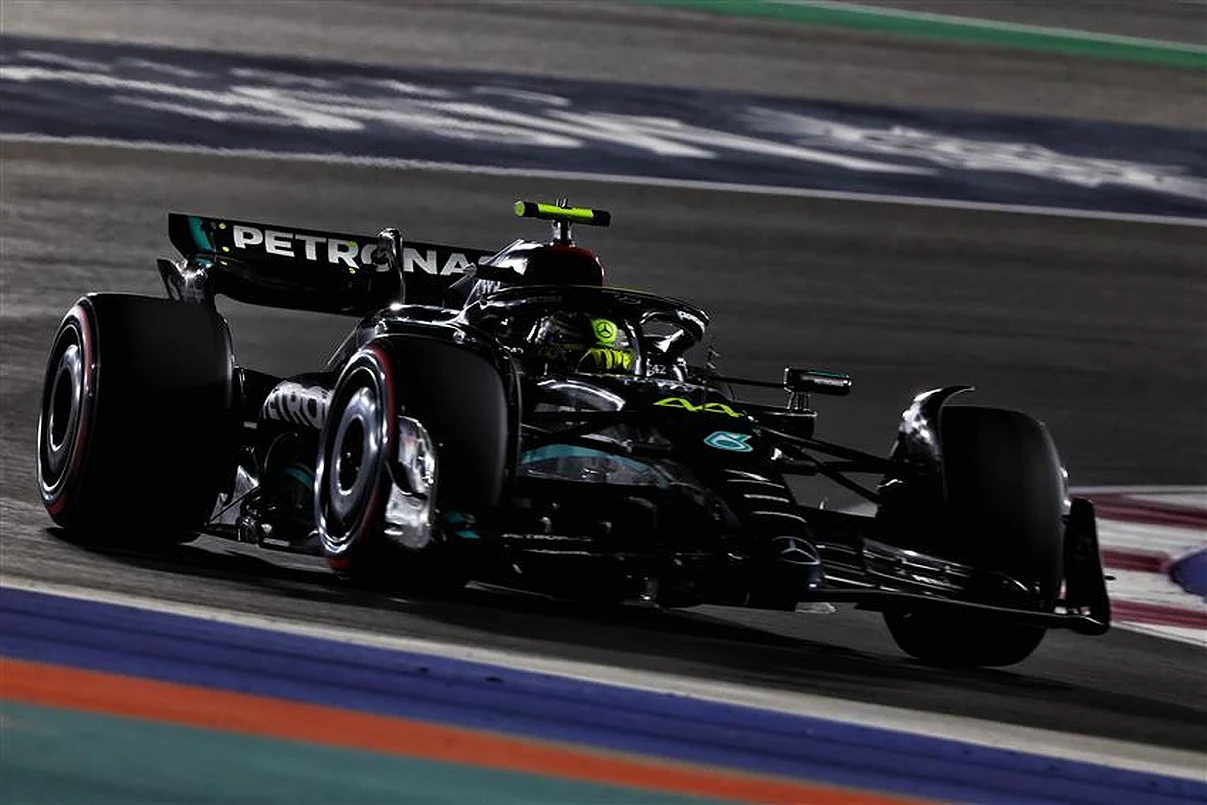The braking system of any car is the key to safety while driving. However, Formula 1 pilots with special zeal test the ability to brake at high speed. And it is not strange, because when performing manoeuvres – it is a guarantee that they will reach the finish line in one piece.
The whole point is that the power of the bolide is approximately 1 thousand horsepower, and overload when performing a turn +4g. What this means is that stopping a car at 200mph in a few seconds is practically a miracle, which is possible thanks to the right combination of downforce, mechanics and electronics. And it is just such a “miracle” that every pilot needs during the whole race distance. It should be understood that on some tracks, the pilot almost a quarter of the lap only presses the brake. For example, in Singapore and Monaco, 23 per cent of laps are spent braking.
More about the brake discs of a Formula 1 car?
A bit of statistics: each team uses from 140 to 240 brake discs. It is not strange, because the loads to which they are subjected are incredibly high. It is worth specifying that in Formula 1 use disc brakes on both the front axle and the rear, as they are able to stop the car much more effectively.
The brake disc itself is made of carbon-carbon composite, which allows braking operating temperatures of up to 1000 degrees Celsius. A few words about wear: the brakes and pads in this case wear equally quickly, which is why a gap of a few millimetres between the disc and the holes is all it will be before the parts fail and cause a serious accident. In order to monitor wear due to high temperatures, this car has disc surface temperature sensors and internal and external pad wear sensors. We have only provided general information about this part, more details about Formula 1 brake discs manufacturing techniques can be seen in this resource.
What threatens the failure of the brake disc of a Formula 1 bolide?
But still, discs do fail. If a disc cracks or bursts, in the worst case scenario, it can hit everything in the radius of the shards. It can damage other assemblies, systems and units. Thus, it is difficult to predict the outcome of such an accident.
What is the difference between a car brake disc and a normal car brake disc?
According to the brake discs information brake discs for cars are designed in such a way that they can undergo extremely high temperatures (operating temperature 1000 degrees Celsius). An ordinary car heats up to a maximum of 500 degrees Celsius during extreme braking. Brake discs for Formula 1 cars are made of carbon fibre. In a simple car, the discs are made of different steel alloys. At the moment of braking it is very important that the temperature is evenly distributed over the brake disc, otherwise the discs will quickly fail. This axiom is true for both a simple car and a bolide. However, for the former ordinary slots are enough, and for the latter special air intakes are installed, which direct cold air towards the caliper and then to the brake disc. Another difference of discs is that the bolide begins to brake adequately after reaching 600 degrees, while the maximum heating of an ordinary car is 500 degrees.

